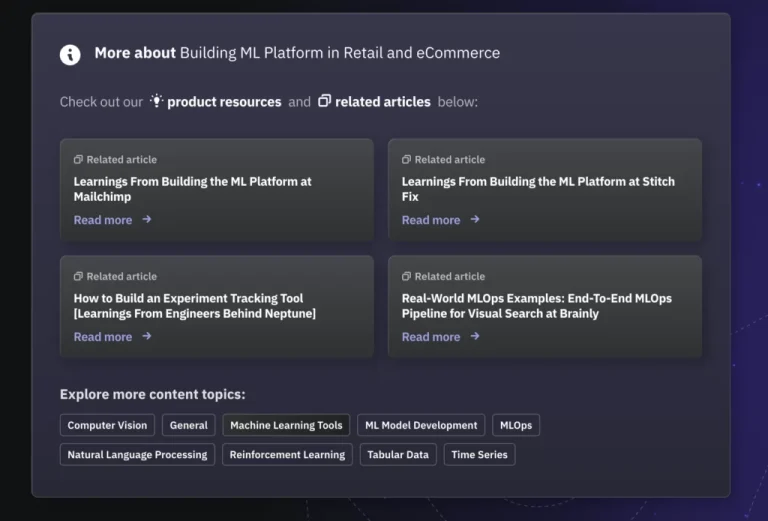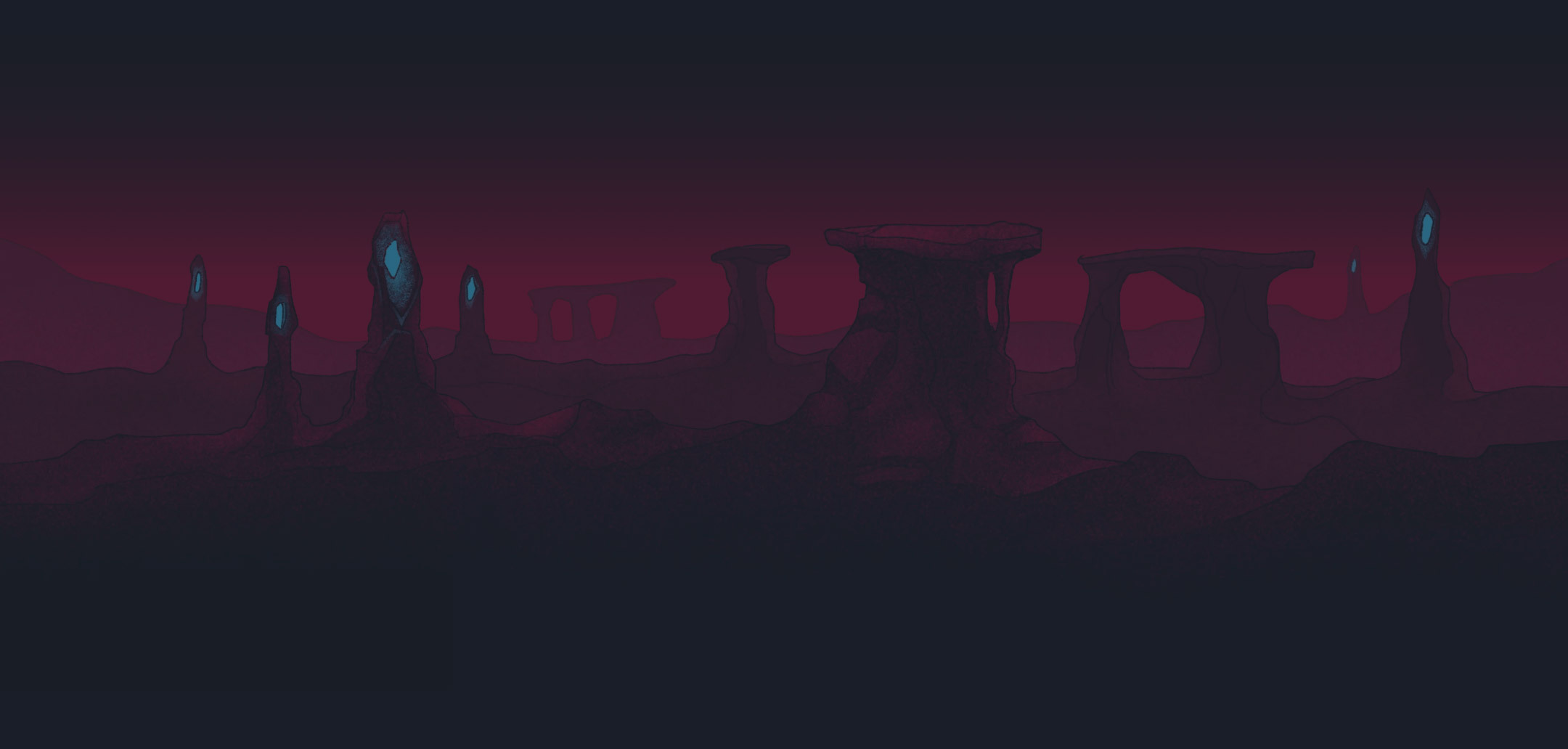The Role of the Table of Contents (TOC)
The Table of Contents (TOC) in online articles has evolved into a vital tool for enhancing user engagement and is now one of many essential article features. A well-organized TOC offers a clear roadmap of the content, allowing readers to navigate to sections that interest them most. This feature is particularly well-implemented in platforms like neptune.ai, where the TOC is not just a static list but an interactive component that enhances the user’s reading experience.
With its dynamic and user-friendly TOC, neptune.ai enables readers to quickly grasp an article’s scope and jump directly to topics of interest, thereby boosting engagement and time spent on the page.
This content structuring approach accommodates diverse audience preferences, catering to both skimmers and detail-oriented readers. The TOC’s function of guiding and organizing content is crucial for maintaining reader engagement and enhancing overall user satisfaction with the article.
neptune.ai‘s table of contents
Estimating Read Time
Estimating read time for articles significantly enhances the user experience on digital platforms. Displaying this information at the beginning of an article sets clear expectations for readers, helping them gauge if they have the time to engage with the content. This feature respects their time and schedule, which is particularly important.
By providing a read time estimate, publishers acknowledge that time is valuable and offer a form of convenience to their audience. This small but significant detail can improve the audience’s satisfaction and trust, as it demonstrates consideration for their experience. Moreover, estimated read times can enhance user engagement by reducing the likelihood of readers leaving an article partway through due to time constraints.
This feature also plays a role in content strategy. Articles with shorter estimated read times are appealing for quick reads, while longer times indicate more detailed content. These distinctions aid readers in selecting articles based on their interests and available time, potentially boosting overall website engagement. Incorporating estimated read times aligns content presentation with audience needs, fostering a user-centric approach to content creation and consumption.

neptune.ai’s reading time estimation feature
Strategic Call-to-Actions (CTAs)
Strategically incorporating Call-to-Actions (CTAs) greatly boosts user engagement in articles. neptune.ai demonstrates the effectiveness of well-placed CTAs, guiding readers to explore content further or engage with specific services.
Placing CTAs after sections captures reader curiosity at peak moments, leading to increased interaction with related topics or services.
The language of the CTAs is crafted to be action-oriented and persuasive, encouraging readers to take immediate action. neptune.ai’s approach also involves personalizing CTAs based on user interaction, making them more relevant and effective. For example, a reader interested in a particular topic is more likely to respond to a CTA related to that topic. Additionally, neptune.ai thoughtfully integrates the visual design of CTAs in its content. neptune.ai seamlessly incorporates visually appealing CTAs into its content. These CTAs feature attractive colors and dynamic graphics, seamlessly blending with the overall article design to draw attention without interrupting the reading experience.
CTAs are more than just action prompts; they’re essential components of engaging articles. They guide readers towards deeper interaction and enhance the overall information architecture.


Conclusion – How to Engage Your Target Audience?
Crafting engaging articles that captivate and retain the interest of your audience is a valuable skill. Ultimately, the goal is to connect with readers, provide valuable information, and make a lasting impact. As writers embark on their journey, each article is an opportunity to inspire, inform, and connect with the audience. Happy writing!


